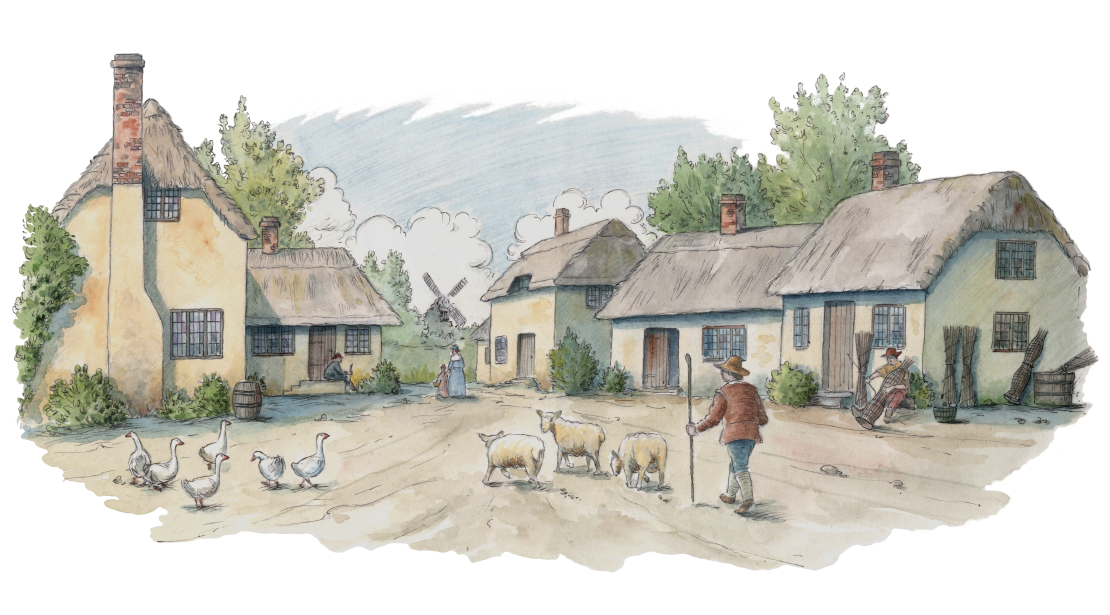About
Immingham
Immingham has existed as a small settlement since the early medieval period.
However there is evidence of pre-Roman round houses that have been found in the locality, and in the Romano-British occupation there was a community who left us evidence in the form of pottery and coin.
Immingham was mentioned in the Doomsday Book in 1086 as Imungeham with a recorded population of 42 households. The name Immingham is Anglo-Saxon and is thought to mean the “Followers of a man called Immer”. Nearby village names ending in “-by” (eg Keelby) have names of Viking origin. Before the Norman Conquest of 1066, Immingham was in the control of Lord Alwin. Afterwards, the village was divided between William Percy and Norman d’Arcy. They had substantial holdings in many other places.
King John passed by Immingham in 1201 and signed a Charter for lands in Grimsby to be given to local Nuns there.
Immingham was noted for very good summer grazing land, being at the northern end of the Lincolnshire coastal marsh lands. Though remote to travellers by land, it was very well connected by the River Humber. The high water table caused many springs in the village, keeping the small deep creek flushed of mud and there was a salmon fishery. The Humber was a rich source of fish including salmon.
The countryside looked much more open than it is today and the village was divided into many narrow strips of land and large fenced off areas of common grazing land. There was a hedge round the village boundary. Every one born in the village had an automatic right to a strip of land and access to the common or ings as they were called in Lincolnshire. These strips of land were rotated and were allotted to villagers as decided by the annual village vestry meeting at the church.
More Information
Learn more about Immingham’s rich history from the 1600s through to present day.
